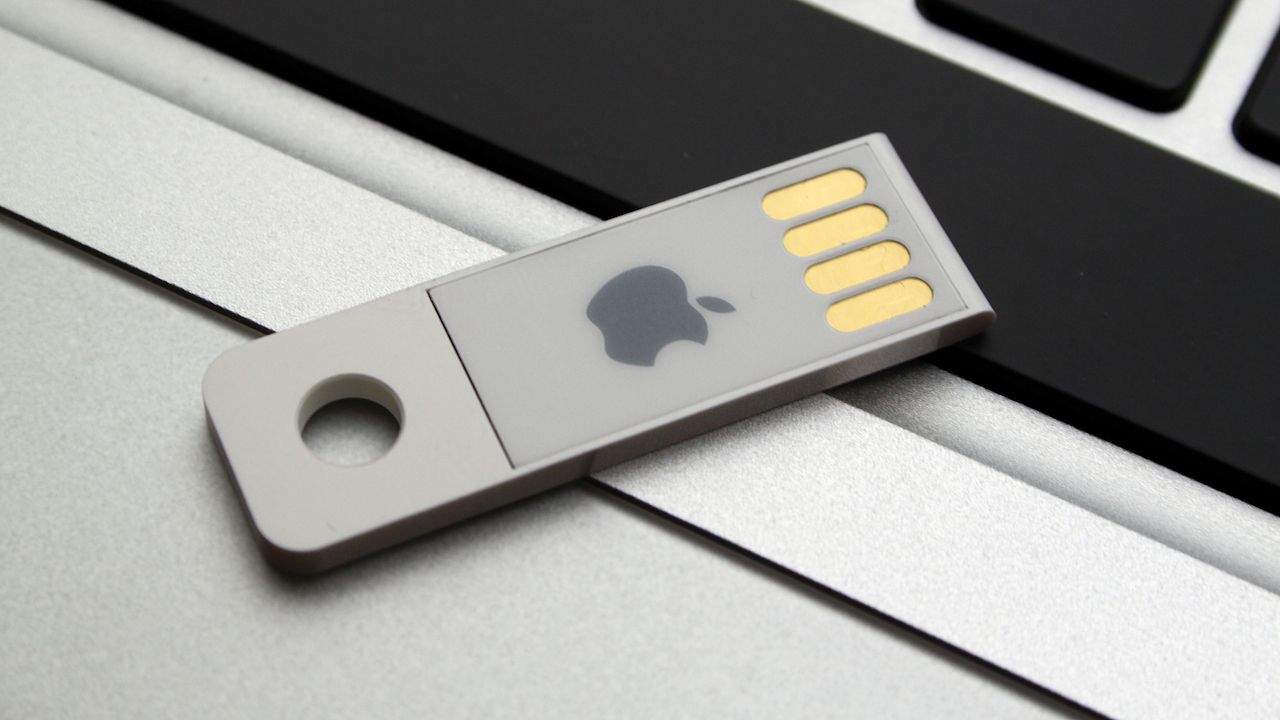

- #USB IMAGE TOOL MAC OS X HOW TO#
- #USB IMAGE TOOL MAC OS X INSTALL#
- #USB IMAGE TOOL MAC OS X PASSWORD#
#USB IMAGE TOOL MAC OS X INSTALL#
From the DMG, install an OS X El Capitan app - this is the app you can create your bootable installer from. Importantly, you should download the DMG file through Safari. If you want to download an older version installer - OS X El Capitan - note that it will be downloaded as a disk image to your Downloads folder. If you’re good to go, grab the installer file: Before you go to the App Store, check if your Mac is compatible with the macOS you’re going to download and make sure your Mac is currently running macOS Sierra 10.12.5 or later. Installers for newer versions (from High Sierra to Monterey) can be downloaded from the App Store as applications and saved to your Applications folder. At this point, you should be very careful because 1) there are different ways to download installer files, depending on the macOS version, so you should choose the right download method 2) you should download installer files but shouldn’t install new macOS on your Mac - when the installation starts, make sure to terminate it right away.
#USB IMAGE TOOL MAC OS X HOW TO#
We’ll explain how to get those files on your Mac in a sec.ĭo you have your external drive ready? Great! Let’s grab the installer files now. The drive should be formatted as Mac OS Extended. An external drive (USB flash drive or any other type) with at least 14GB of free space.What you need to create a bootable USB for Macīefore we begin, here are two main things you need to create a bootable USB: Whether it’s an external hard drive or a USB ‘thumb’ drive, both are considered bootable drives.įor the sake of clarity, we’ll simply refer to any external drive as a USB drive. Simply stated, a bootable USB Mac drive is one that has a version (or versions) of macOS available on a disk that isn’t your machine. You can now quit Terminal and eject the volume.Try free What is a bootable USB or external drive? When Terminal says that it's done, the volume will have the same name as the installer you downloaded, such as Install macOS Catalina.Terminal shows the progress as the bootable installer is created. When prompted, type Y to confirm that you want to erase the volume, then press Return.

Terminal doesn't show any characters as you type your password.
#USB IMAGE TOOL MAC OS X PASSWORD#
When prompted, type your administrator password and press Return again.If it has a different name, replace MyVolume in these commands with the name of your volume. These assume that the installer is still in your Applications folder, and MyVolume is the name of the USB flash drive or other volume you're using. Type or paste one of the following commands in Terminal.Open Terminal, which is in the Utilities folder of your Applications folder.Make sure that it has at least 12GB of available storage and is formatted as Mac OS Extended. Connect the USB flash drive or other volume that you're using for the bootable installer.Use the 'createinstallmedia' command in Terminal You will create the bootable installer from this app, not from the disk image or.

It installs an app named Install OS X El Capitan into your Applications folder. On a Mac that is compatible with El Capitan, open the disk image and run the installer within, named InstallMacOSX.pkg.


 0 kommentar(er)
0 kommentar(er)
